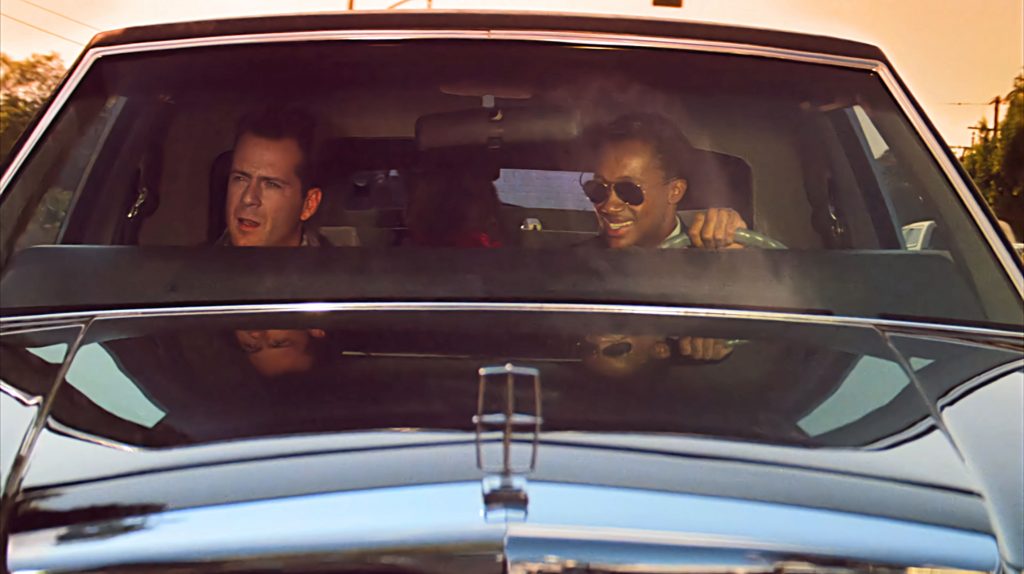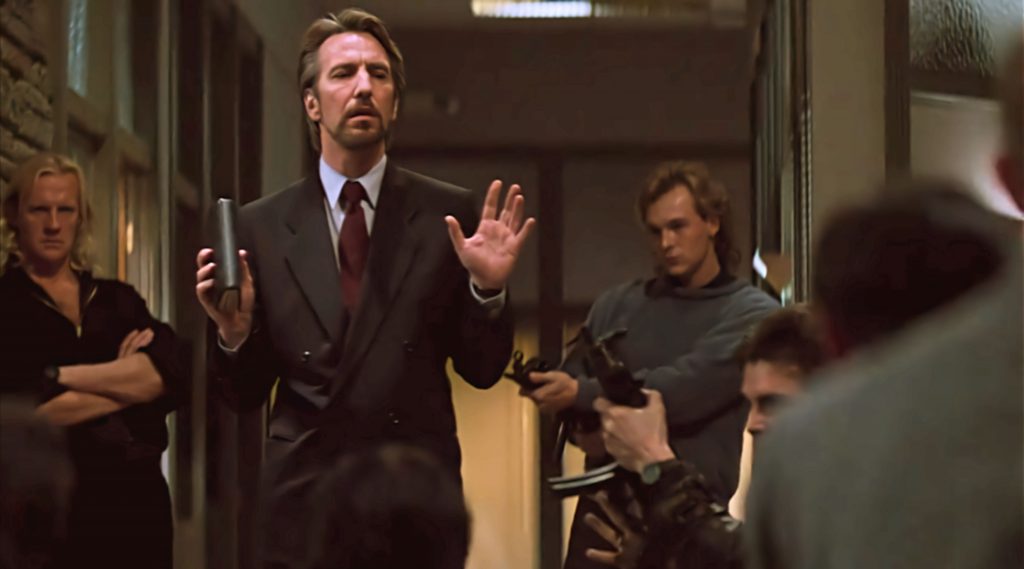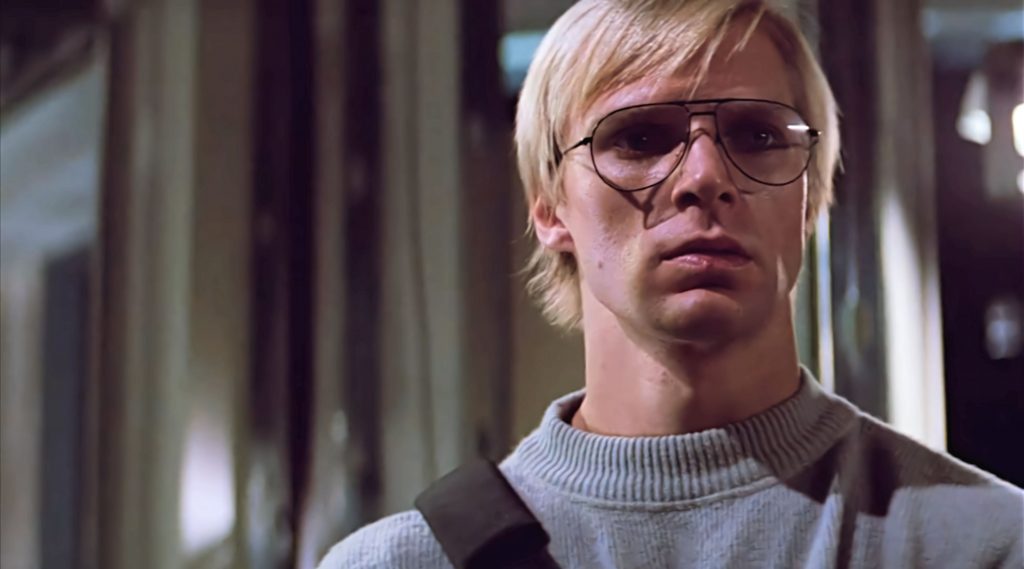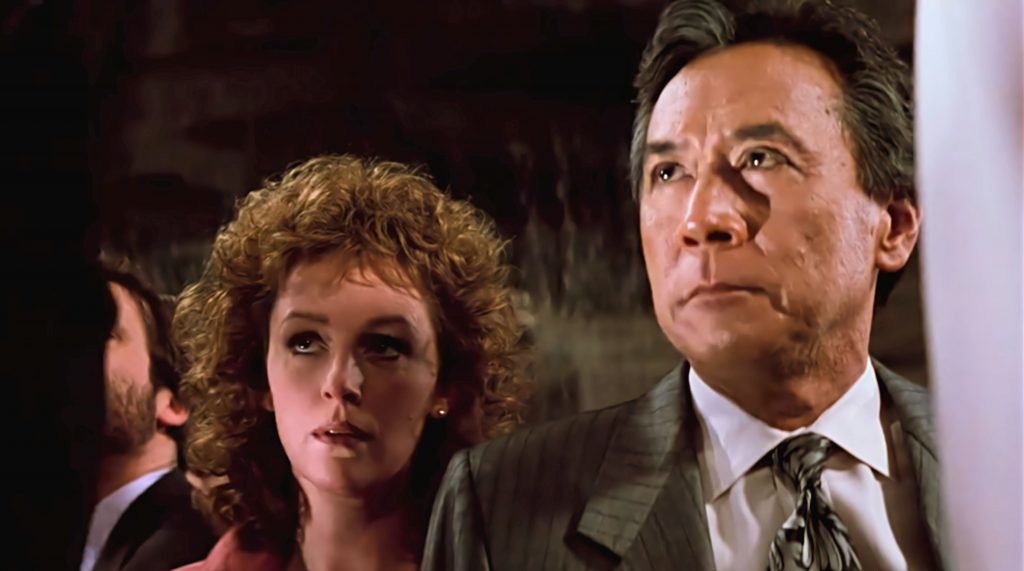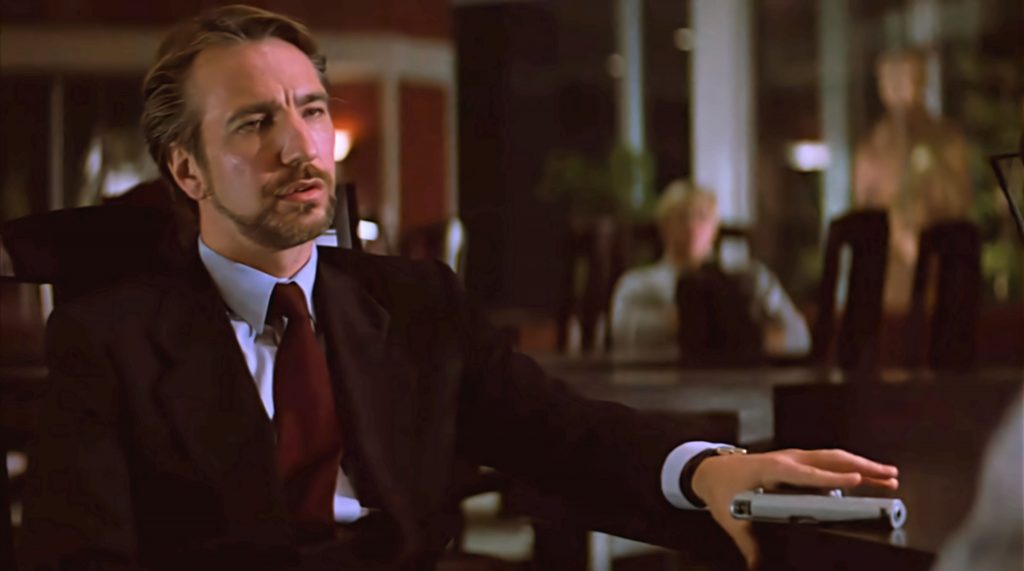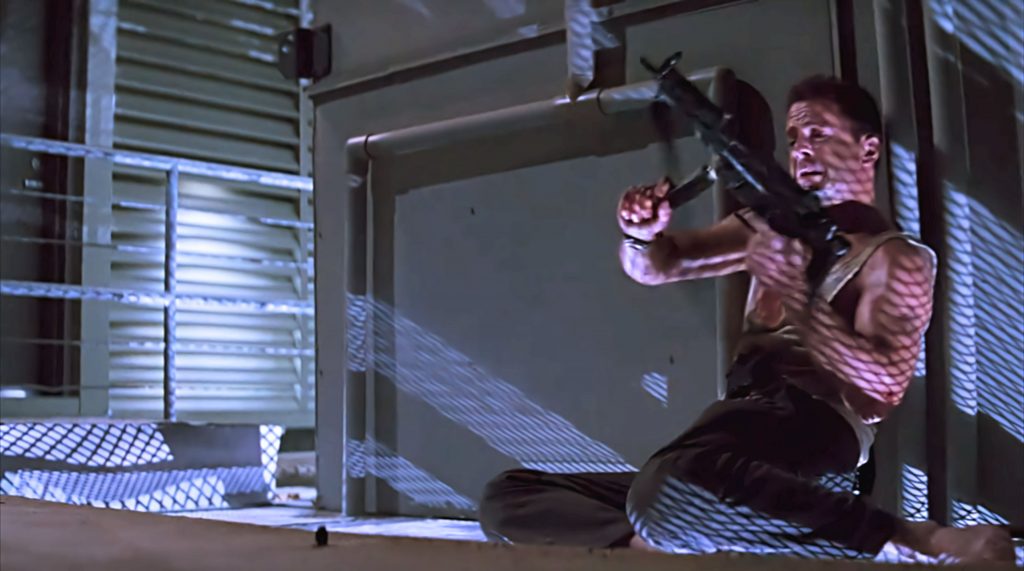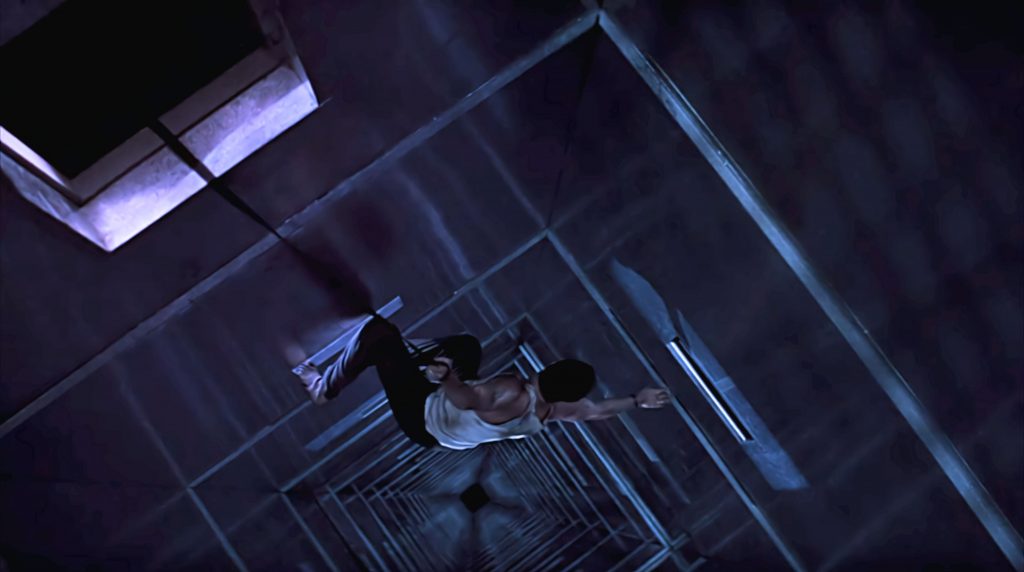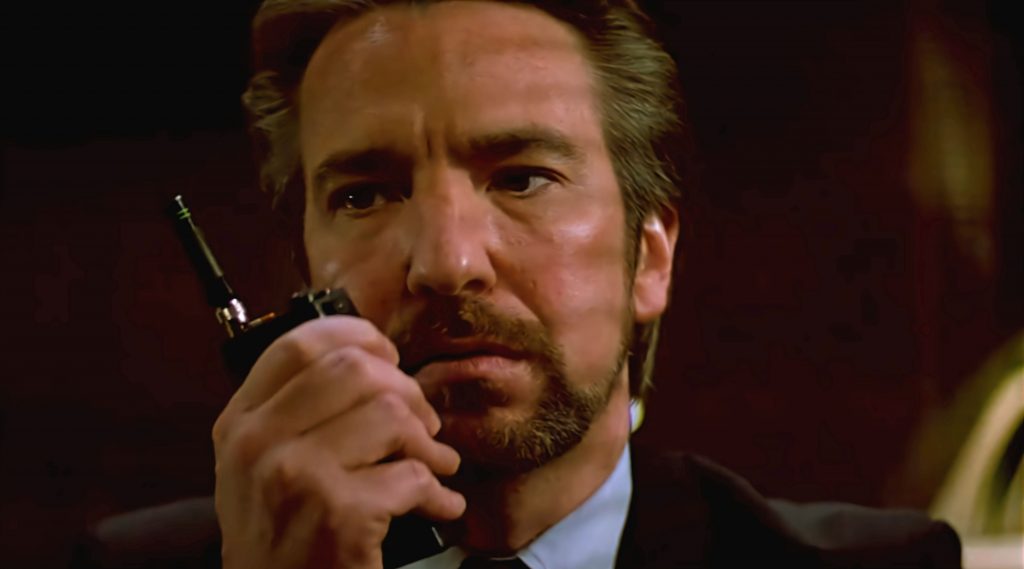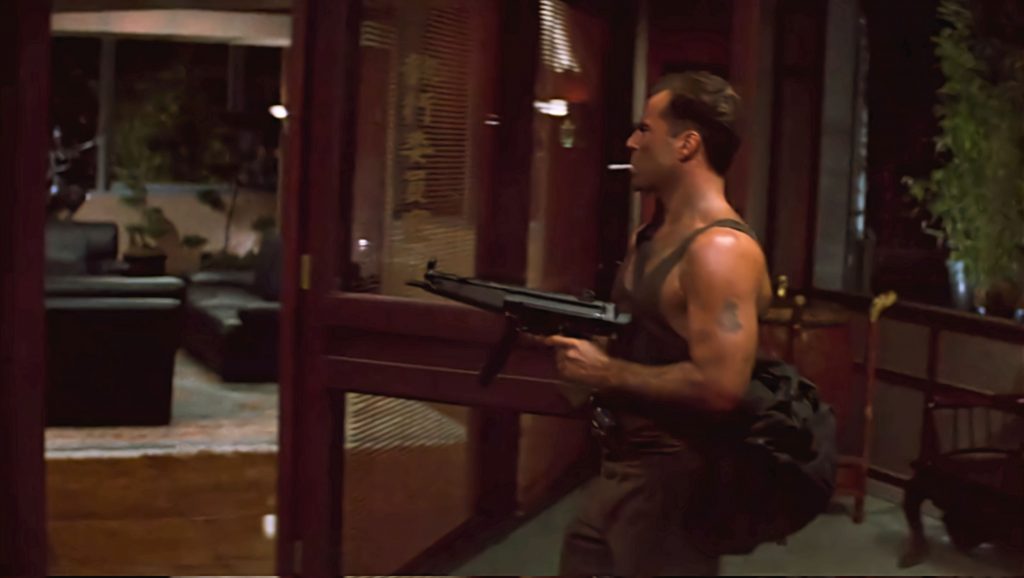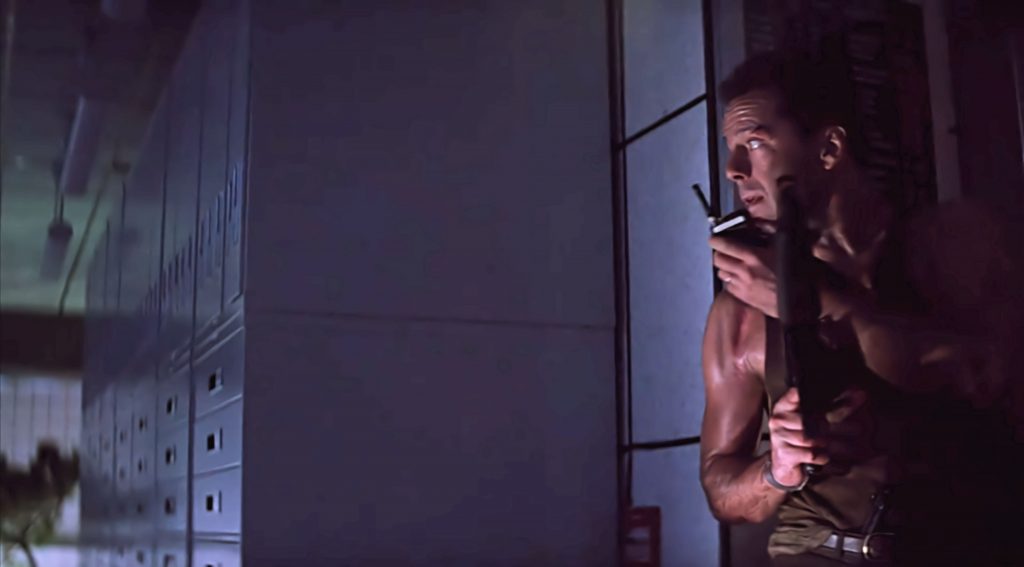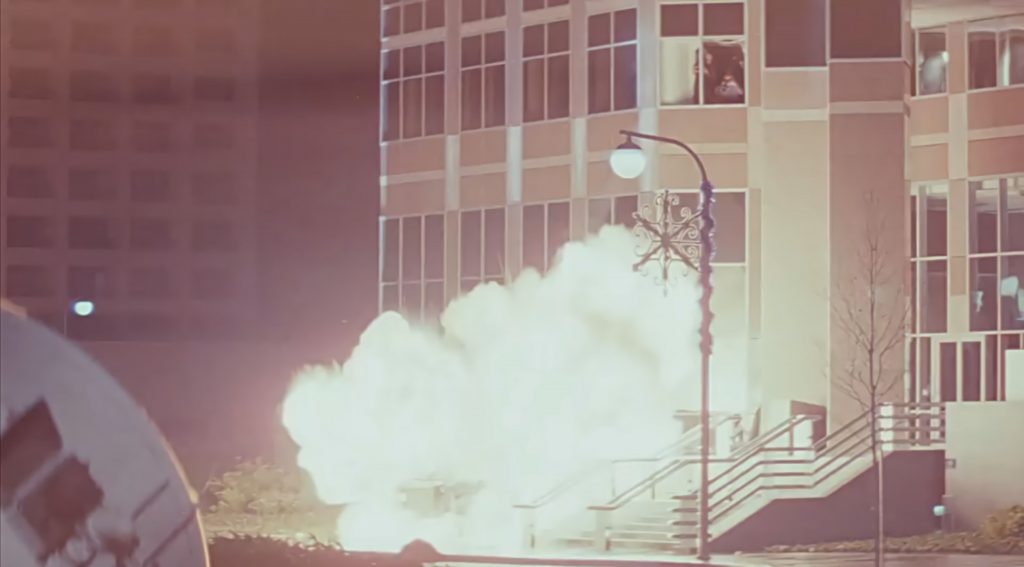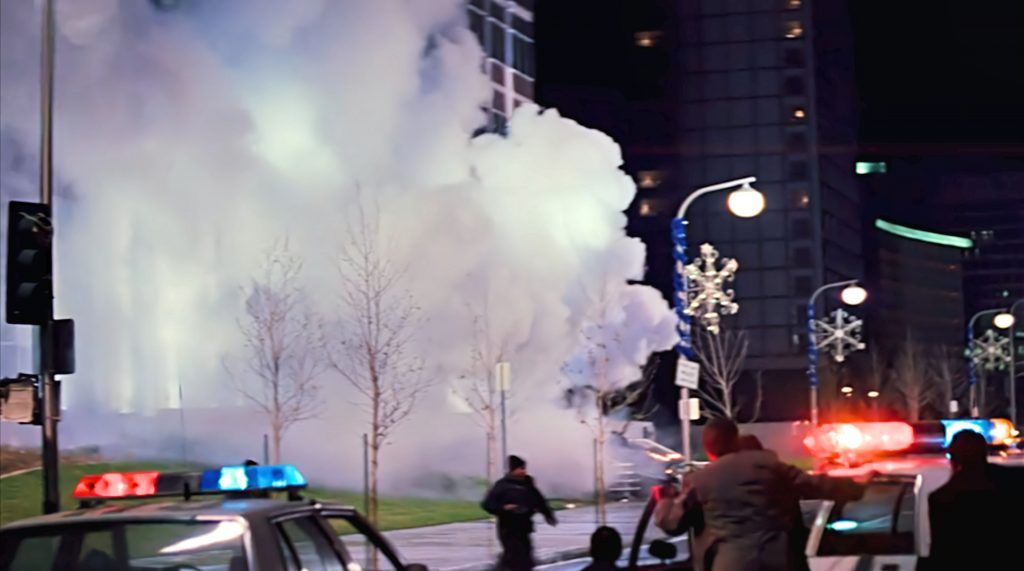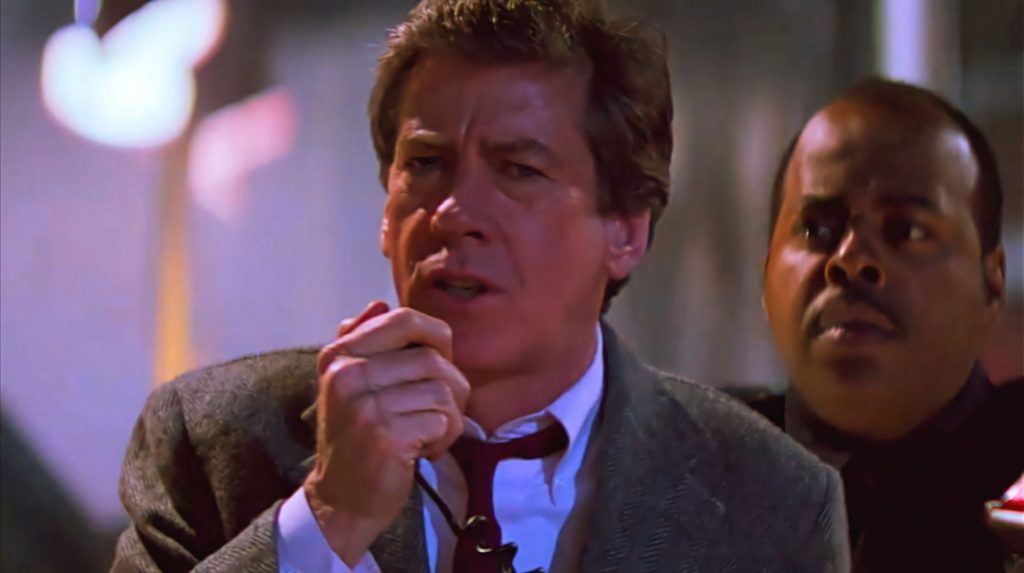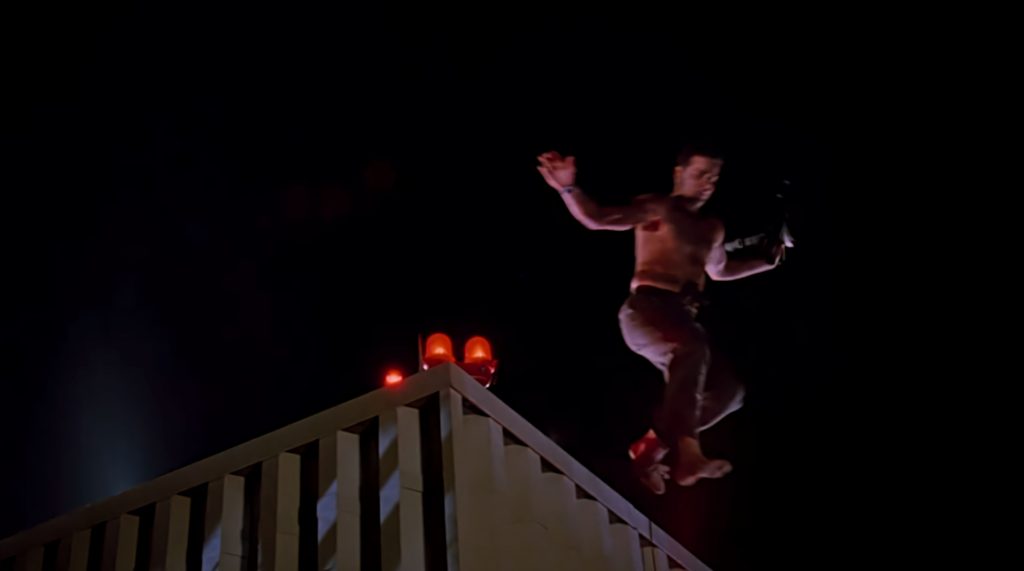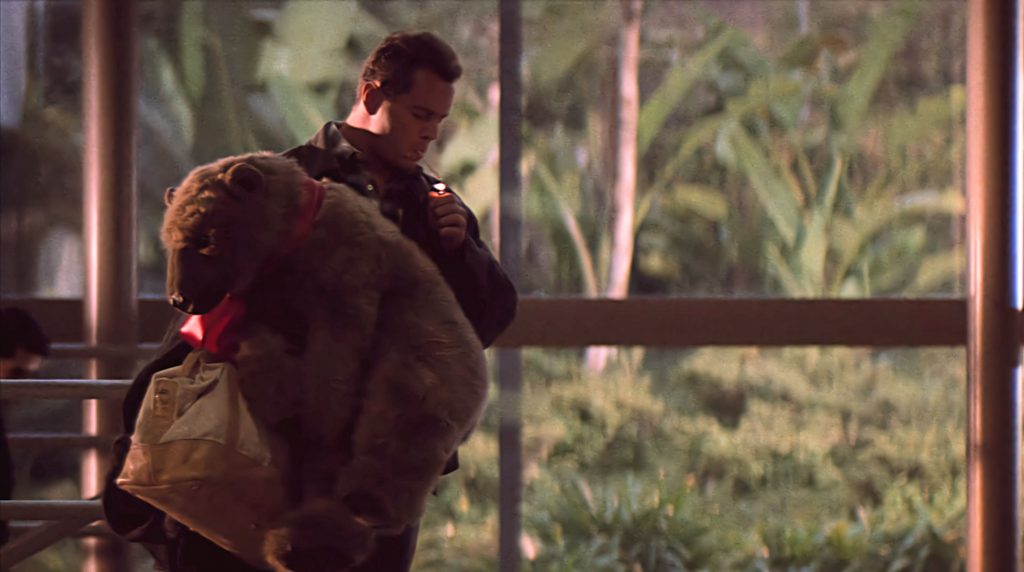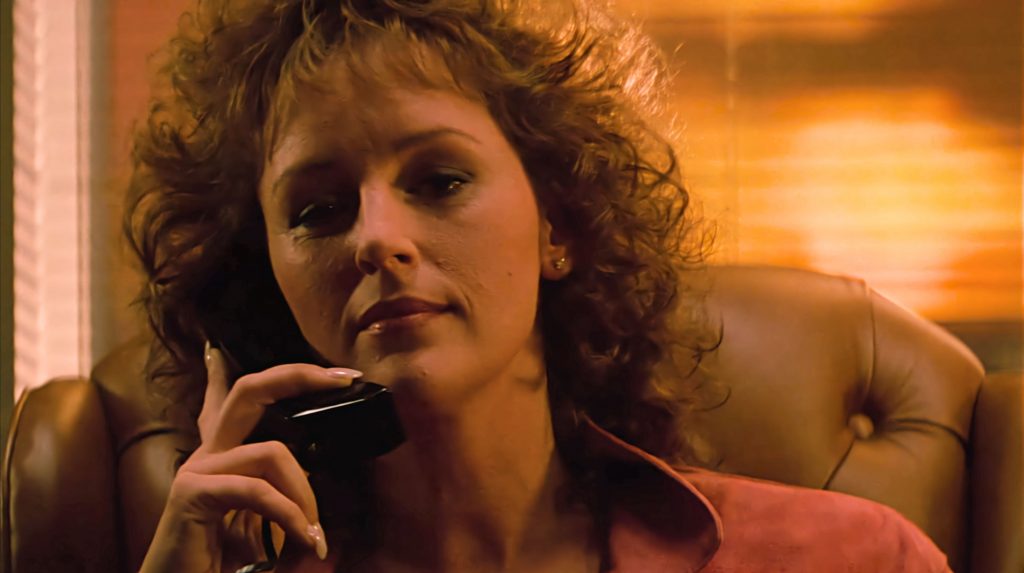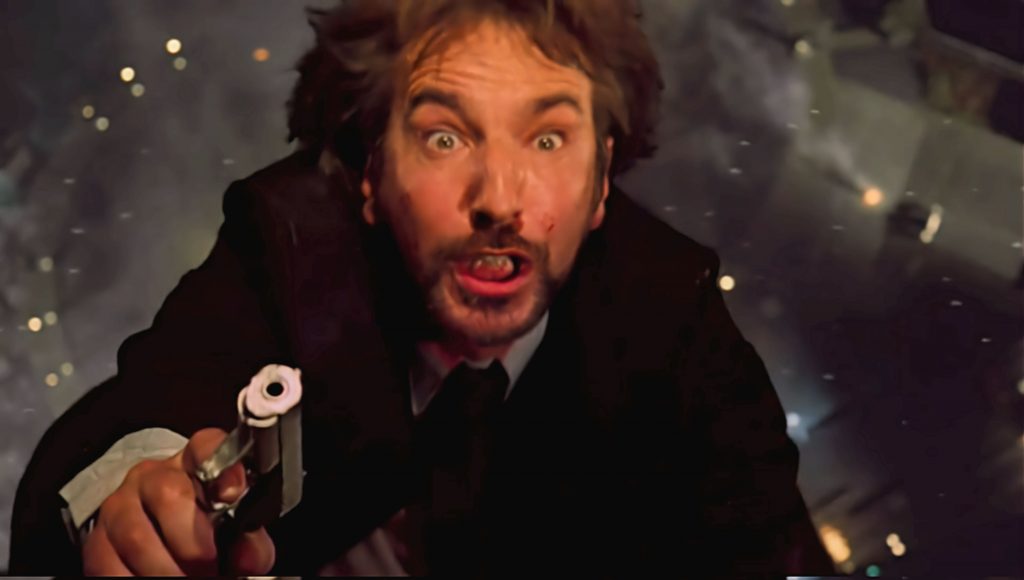
It’s Beginning to Look a Lot Like Christmas
Die Hard (1988): 10 out of 10: Bruce Willis (Yes, the guy from the wine cooler commercials) decides to be an action star with an otherwise unknown cast.

The Good
The Good: I often lump Die Hard with Alien and Jaws because they all respectively created a new genre in and of themselves. (Die Hard but on a boat, for example). The other reason I lump Die Hard in with Alien and Jaws is because, like those other films, Die Hard is an incredibly well crafted film. This is a fact one can easily forget if one has not seen the film in a while. Go ahead watch it. Die Hard really is that good.
Director John McTiernan is not afraid to be subtle. (My favorite is when obnoxious eighties caricature Hart Bochner is negotiating with head terrorist Alan Rickman. He clearly asks for coke (possibly offscreen) and the terrorists bring him a Coca–Cola, which they ceremoniously pour for him instead of the cocaine he is so clearly jonesing for.
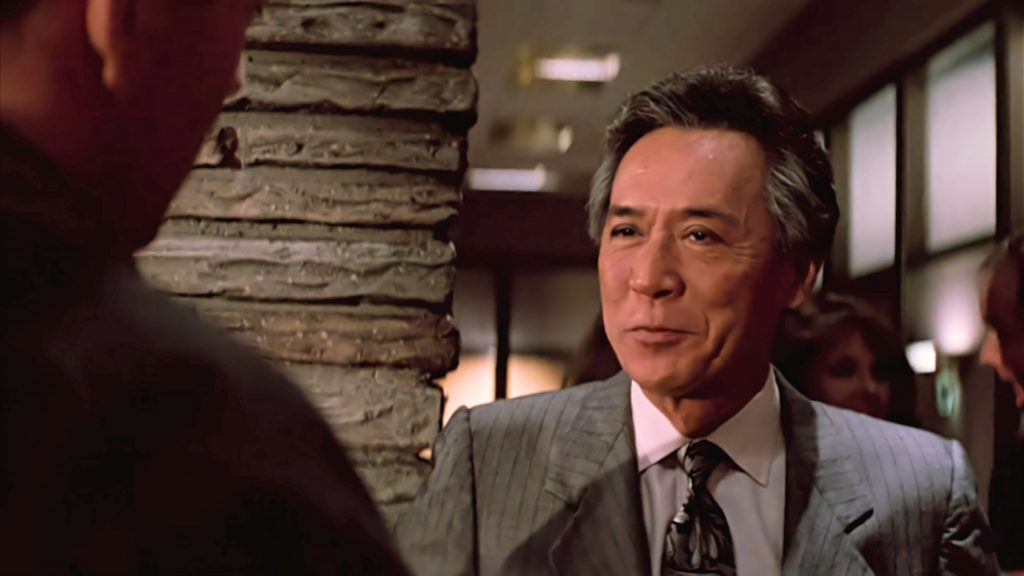
Another example of an extremely tight screenplay is the seemingly silly conversation at the start of the film that Bruce Willis has on the plane with a fellow passenger who suggests that to relax in a stressful new environment Willis should take off his shoes and curl his toes in the carpet. Which is both subtle and possibly unintentional commentary on the Japanese culture he is visiting. It is also a great device to make sure that Willis is shoeless for most of the movie (Shoot the glass).
Die Hard is a lot smarter and finely tuned than it needed to be. It is why it still holds up so well after all this time, while the endless copycats (And if we are to be honest, the sequels as well) don’t hold up nearly as well.
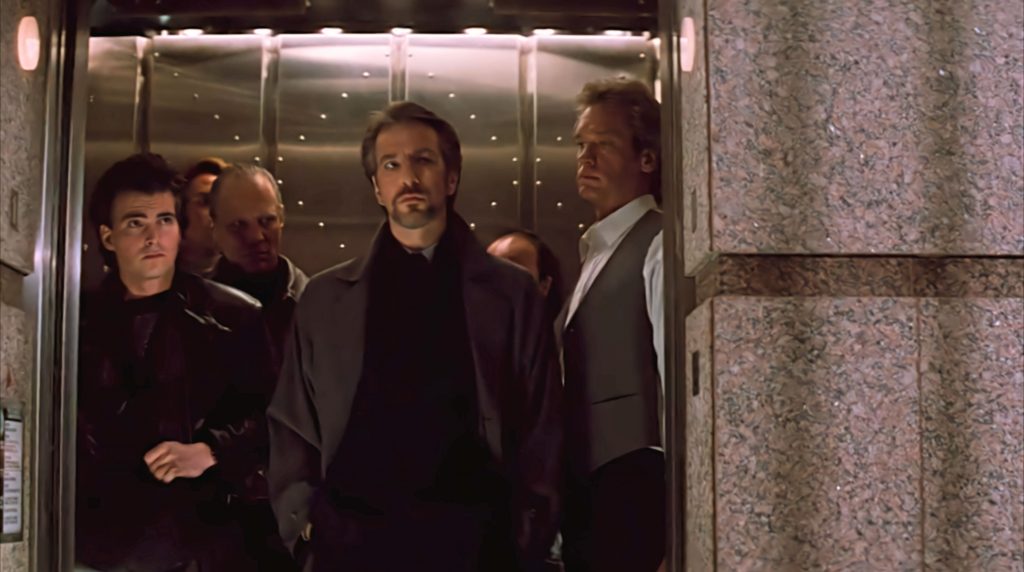
The Bad
The Bad: It is good that Die Hard is such a good movie because there is some bad in it. Some of it can be explained away as well… it is an eighties film. And Die Hard is a film of its time. (People smoke in the airport, Bruce Willis carries his service revolver on the plane, there is an entire meta commentary about the Japanese taking over everything and the fact that the main groups are Japanese and German respectfully may certainly go over the heads of modern audiences. Heck, even the MacGuffin bearer bonds are basically a thing of the past. (All the bearer bonds issued by the US Treasury had matured as of May 2016. The amount outstanding is approximately $87 million, as of March 2020.))
The eighties attitude and cynicism is harder to hide, however. The trope that the people in charge do not know what they are doing and only our guys are knowledgeable is very much alive and well in Die Hard. It would be the trope codifier if 1984’s Ghostbuster’s Walter Peck had not taken that trophy. (And for the record, Peck was right. Yes, that is a hill I will die on).
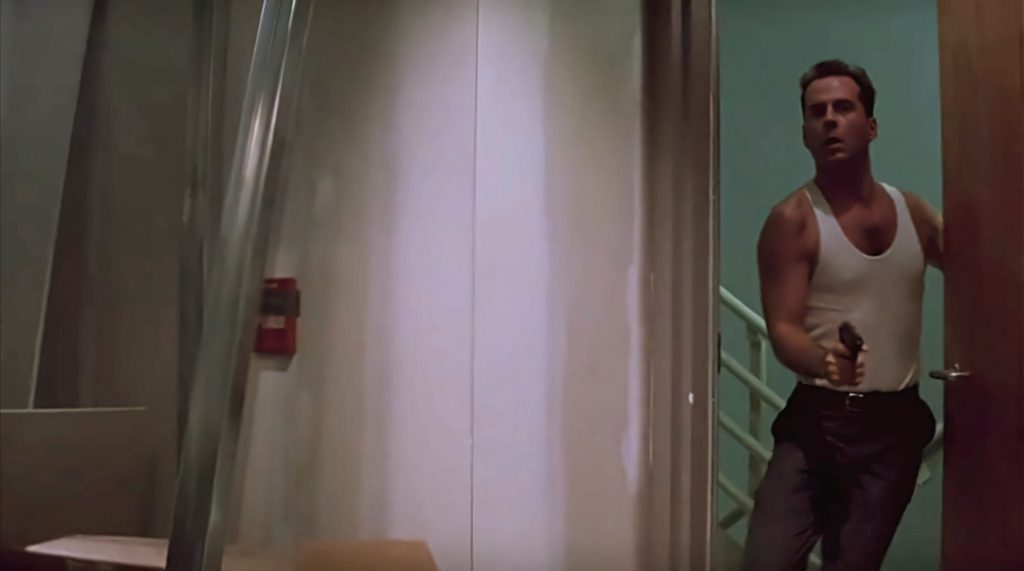
Cop in charge, Dwayne T. Robinson, is also kind of right. The movie paints him as an obstructionist butt-monkey, but he is not wrong. Fat desk jockey cop Reginald VelJohnson doesn’t have any idea who he is talking to. VelJohnson doesn’t know if Bruce Willis is a terrorist, a hero, or a crackpot. The movie creates this artificial tension where everyone is cold and rude to each other, which in reality is not how most teams work together (And rarely how the chain of command works either). It takes an even sillier turn when the two Johnsons from the FBI show up.
I am not saying people and organizations cannot be this dysfunctional. (No one is accusing the late-eighties LAPD of being a touchy feely functional place to work). What I am saying is that it is unnecessary for the plot of the movie and sticks out like a sore thumb. It is lazy screenwriting in a movie that is otherwise sharp as a tack.
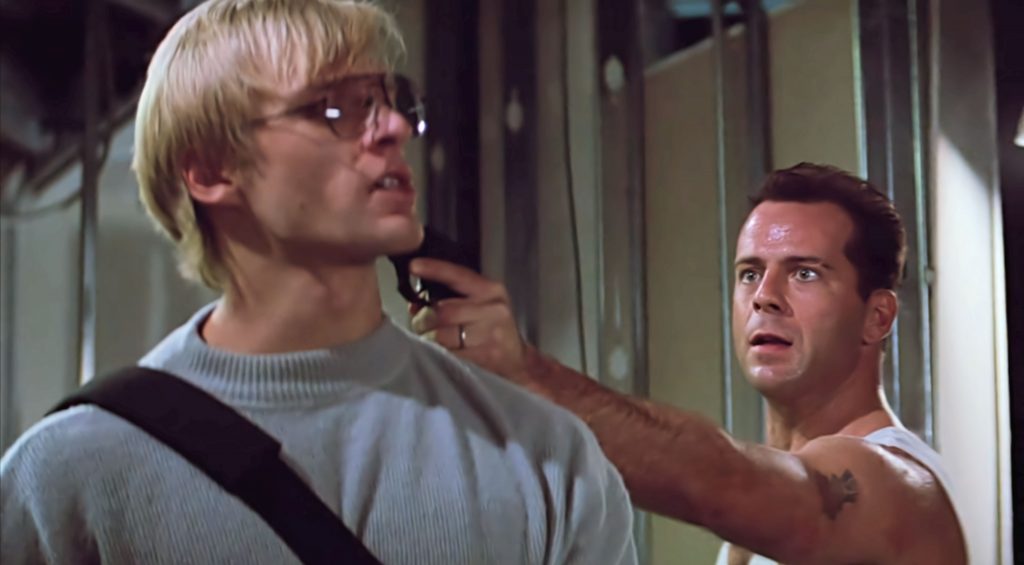
The Ugly
The Ugly: Speaking of things from the eighties that have not aged well at all. Reginald VelJohnson’s feel good character arc would raise more than a few eyebrows in screenwriting class today.
You see, Reginald was on desk duty because he lost his ability to shoot suspects. One night, he shot what he thought was a gun wielding terrorist but turned out to be a little kid with a toy gun. Was he fired? Arrested? No, of course not, he was stuck on desk duty. Not for shooting the kid, mind you, but because he felt he could no longer shoot people. (And therefore was a danger to his fellow officers by leaving people unshot). The movie ends with Reginald shooting someone dead there by proving he is once again LAPD material. Yeah, the eighties were a very long time ago people.

In Conclusion
In Conclusion: People forget that Bruce Willis was a very unlikely action star when he got this role. Basically, it would be the equivalent of giving the President’s role in Air Force One to Matthew Perry in 1997. The only actual equivalent I can think of is Michael Keaton, in 1989’s Batman. (Which also worked out much better than expected.)
Die Hard is one of the best films of its time and holds up extremely well today. Well worth the rewatch. Particularly at Christmas.
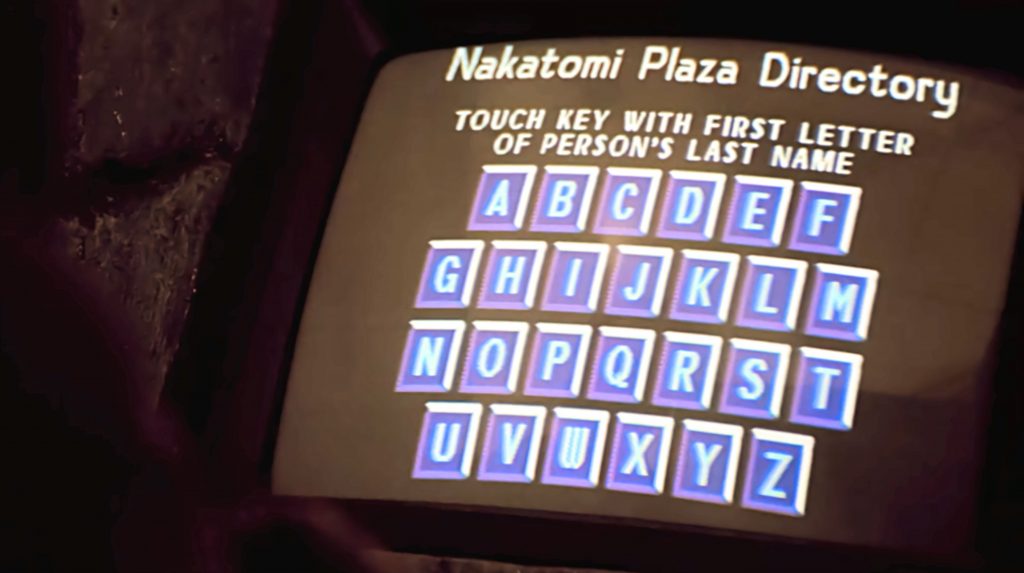

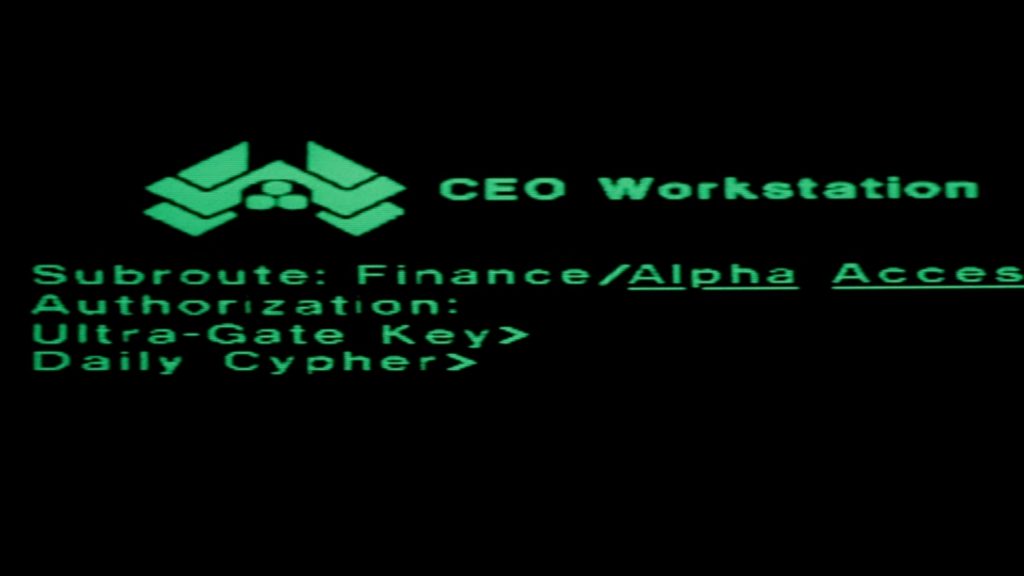
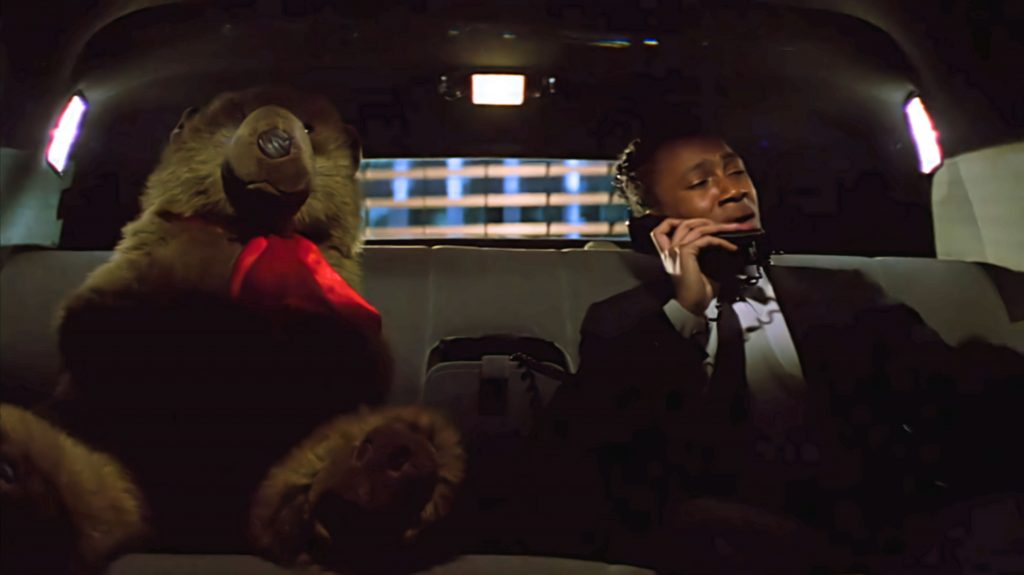
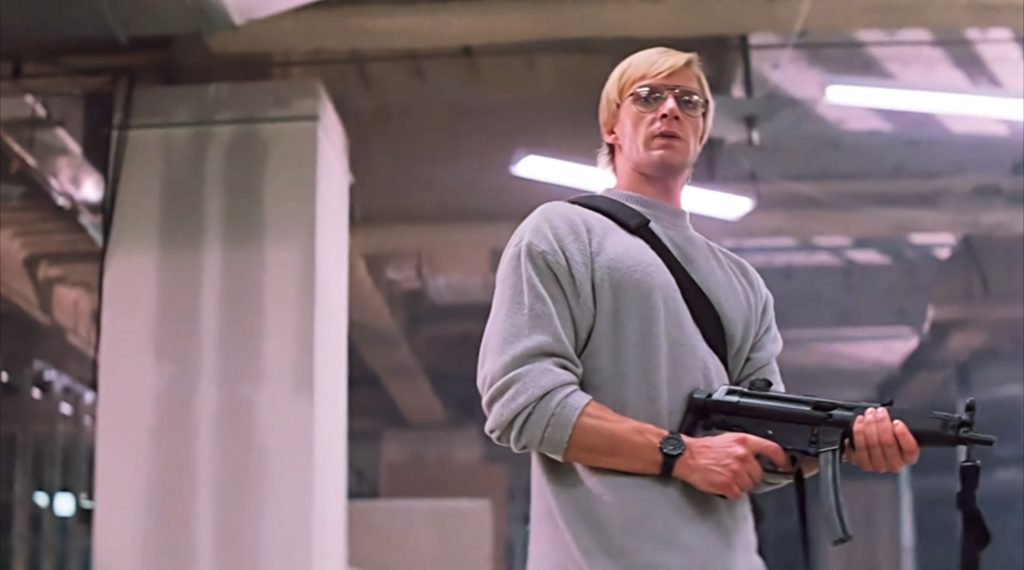
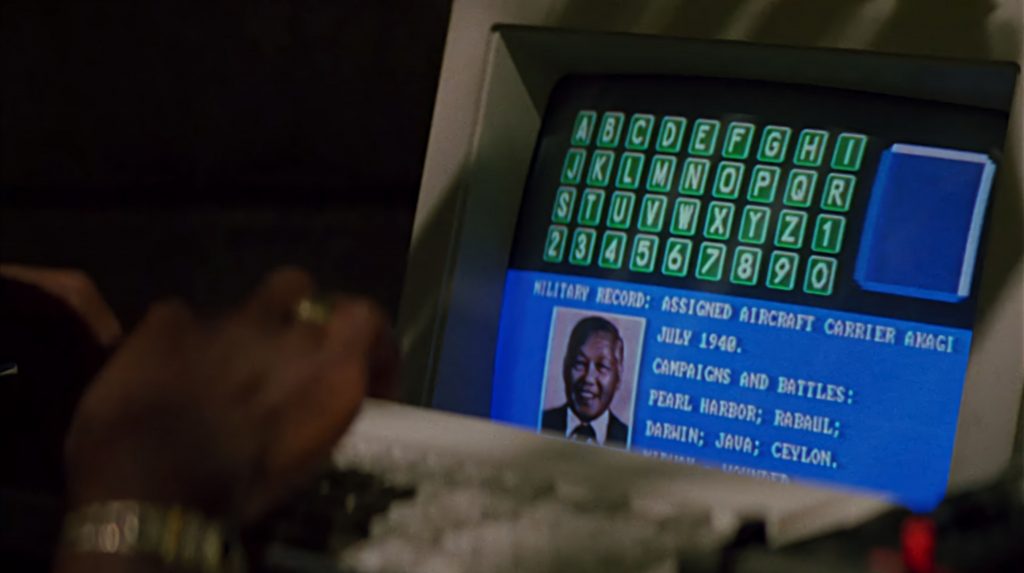
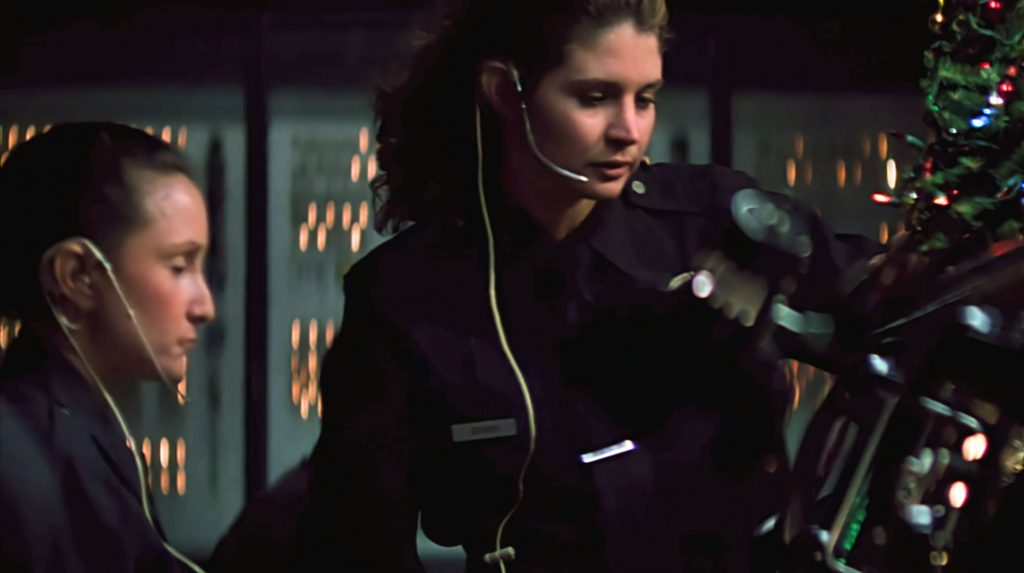
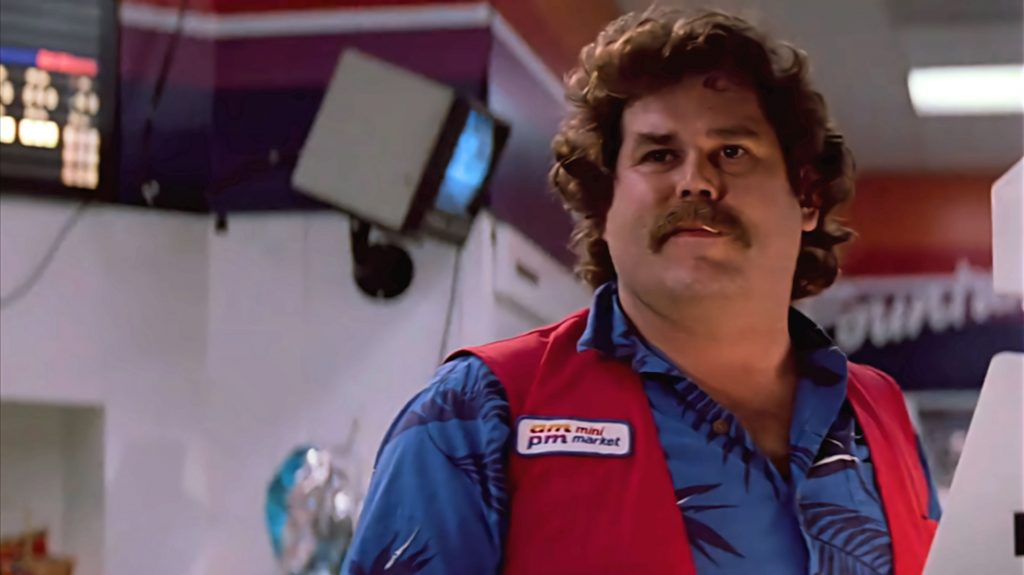
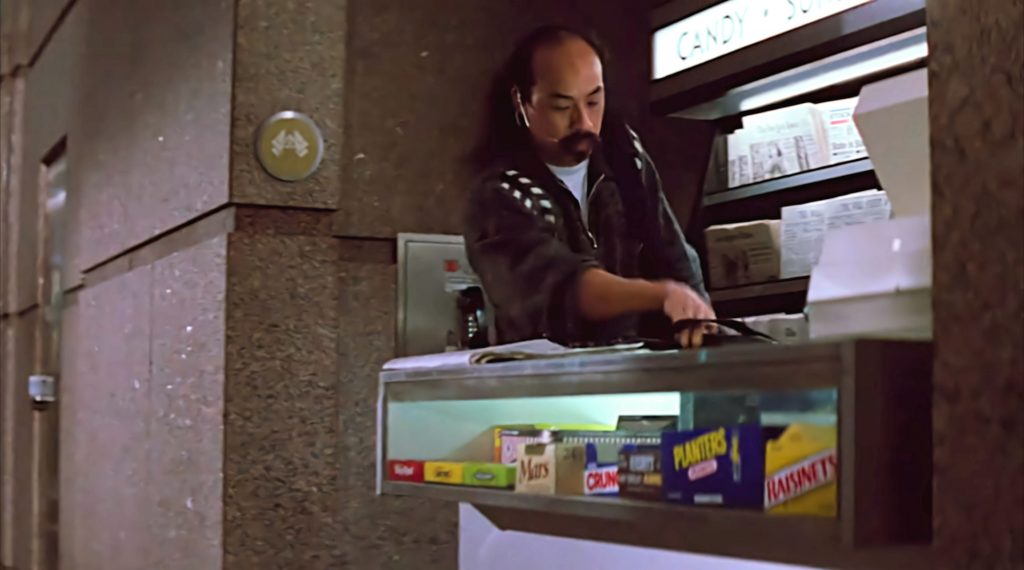
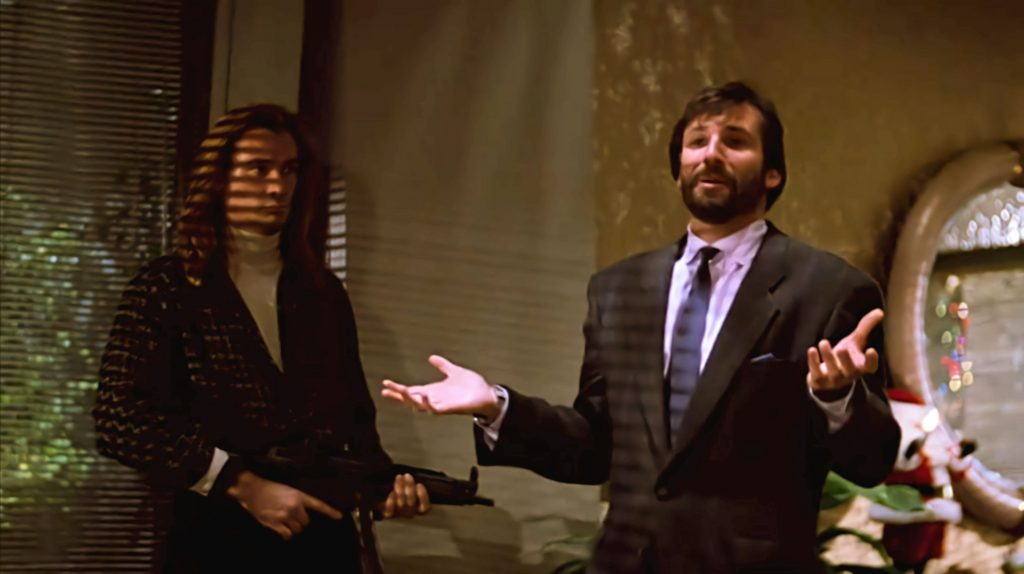

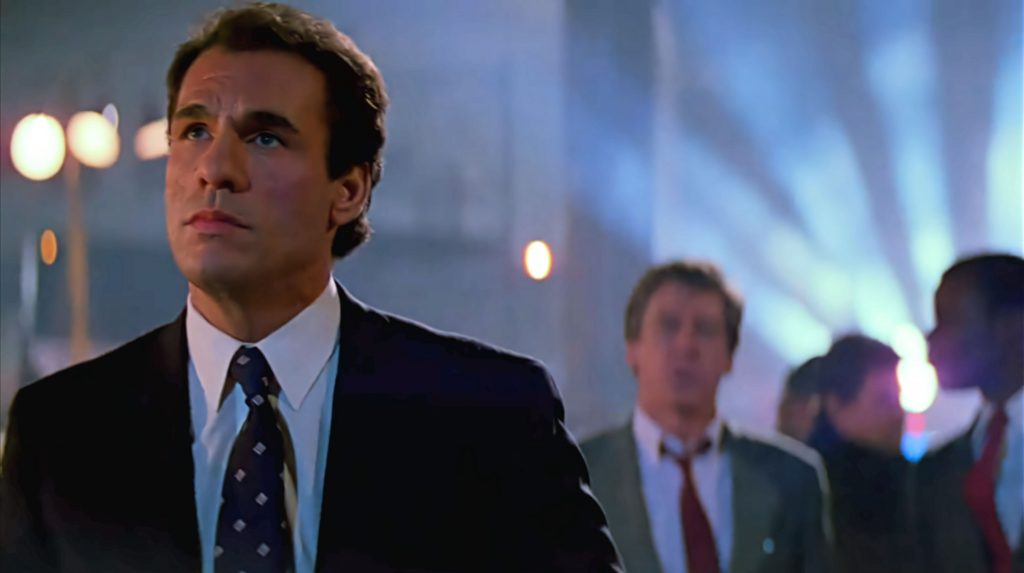
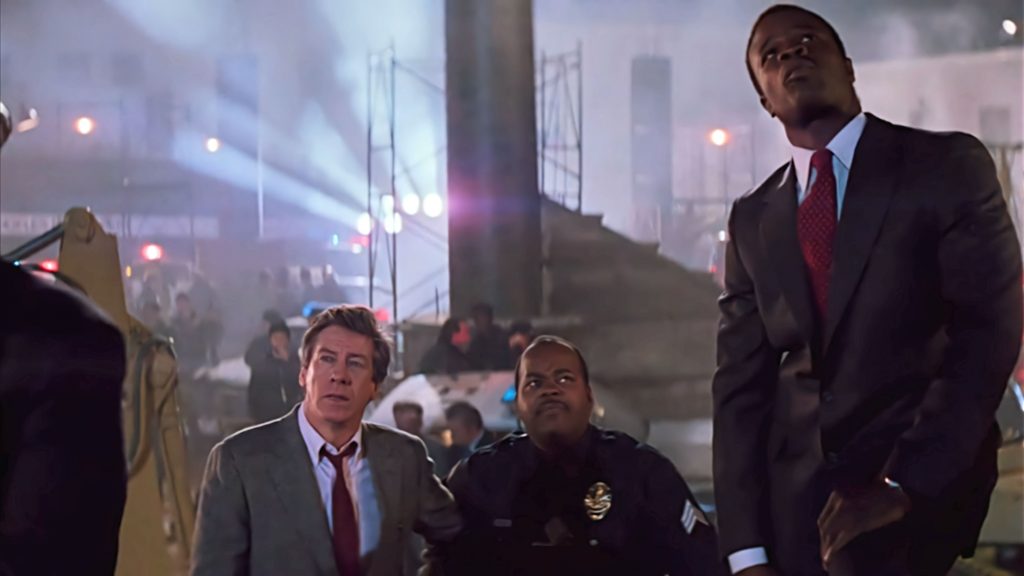
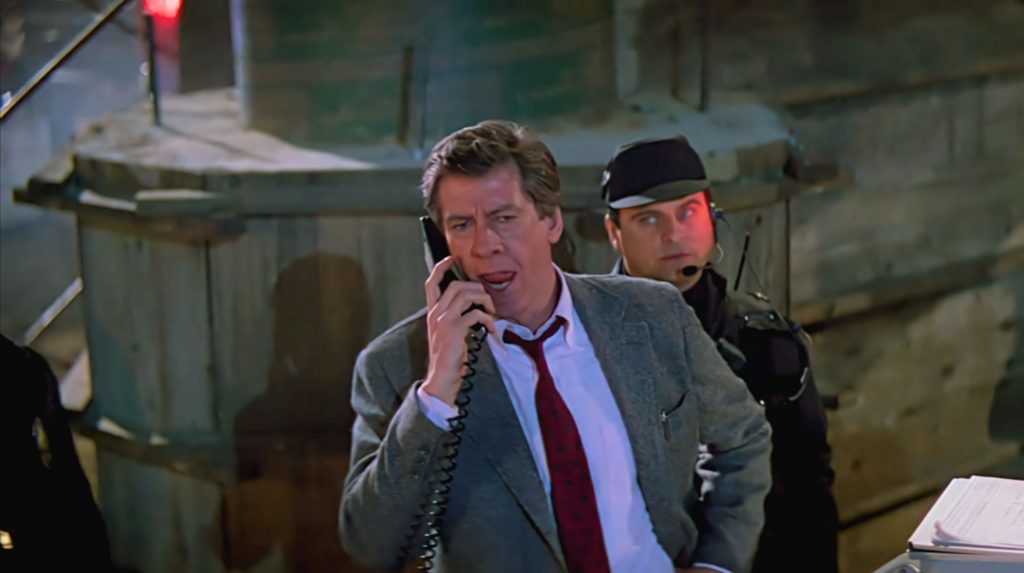
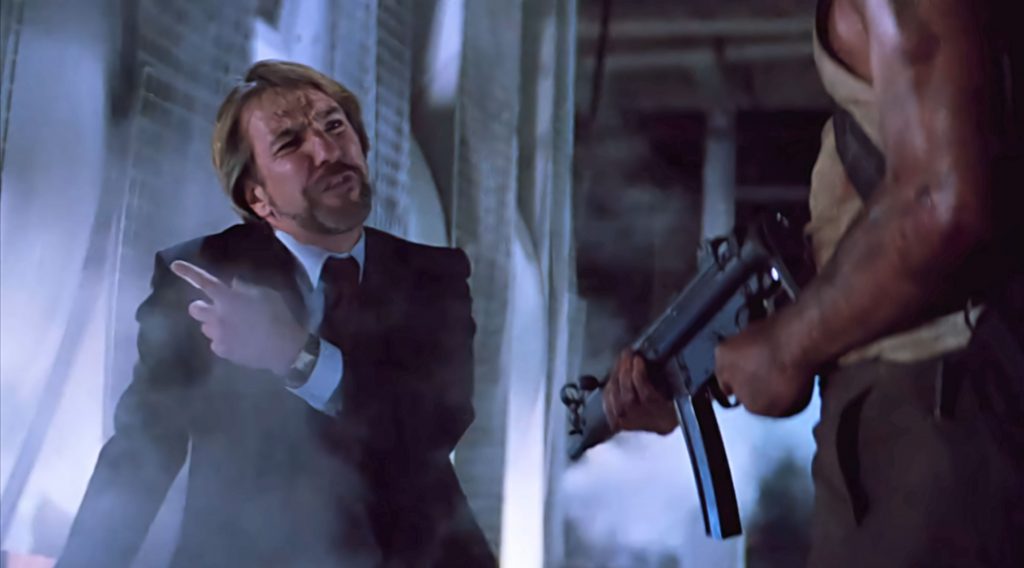

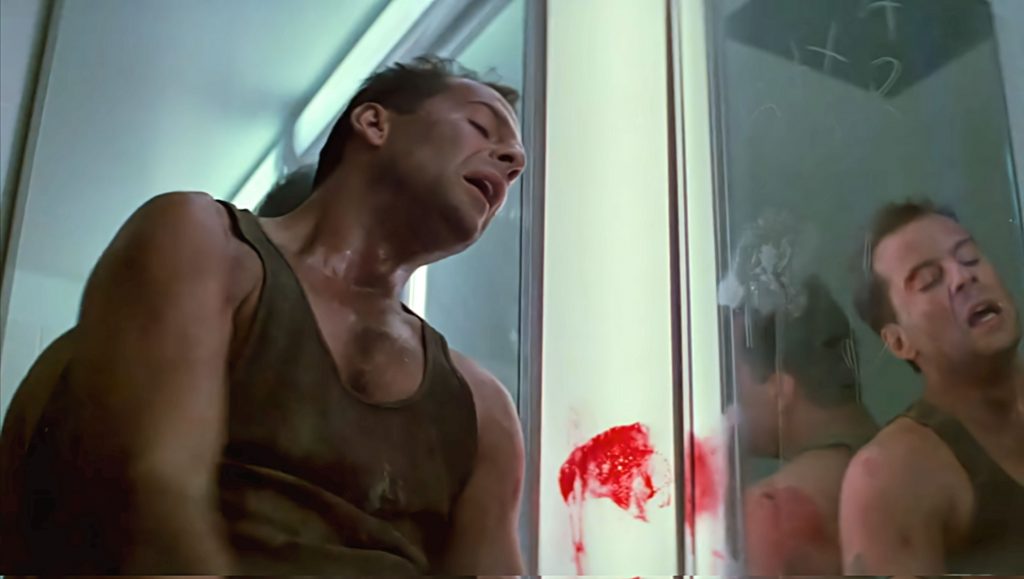
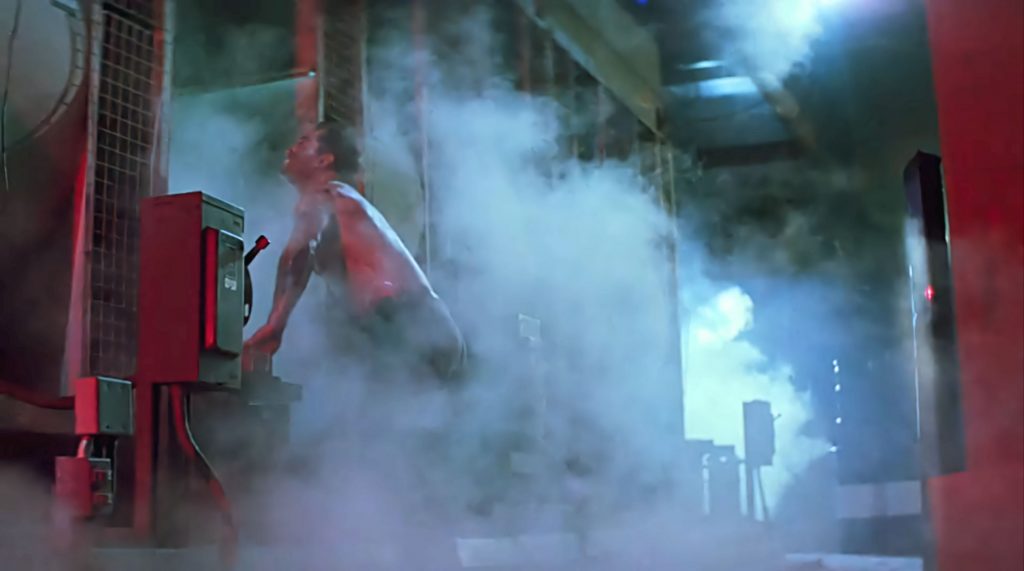
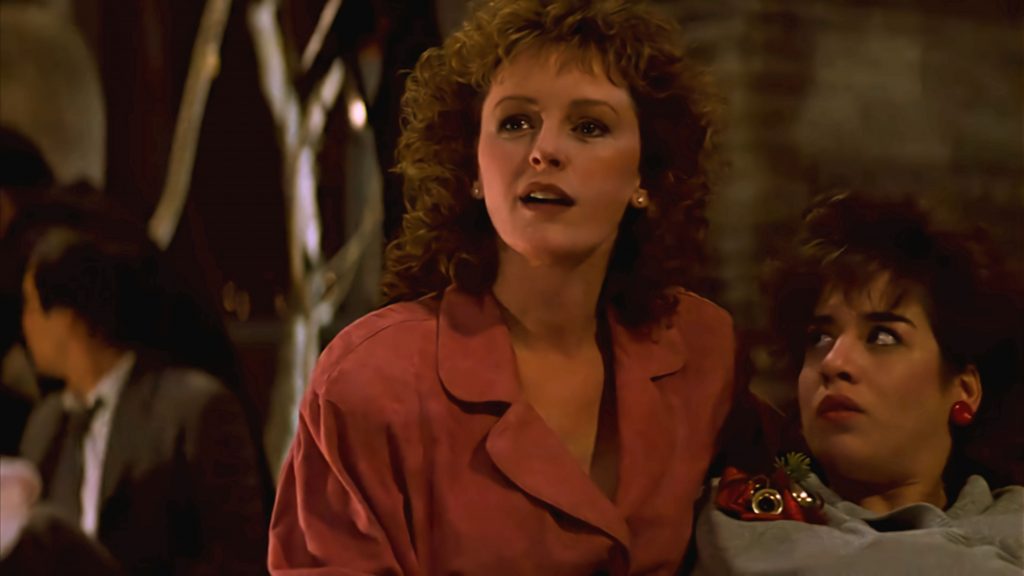
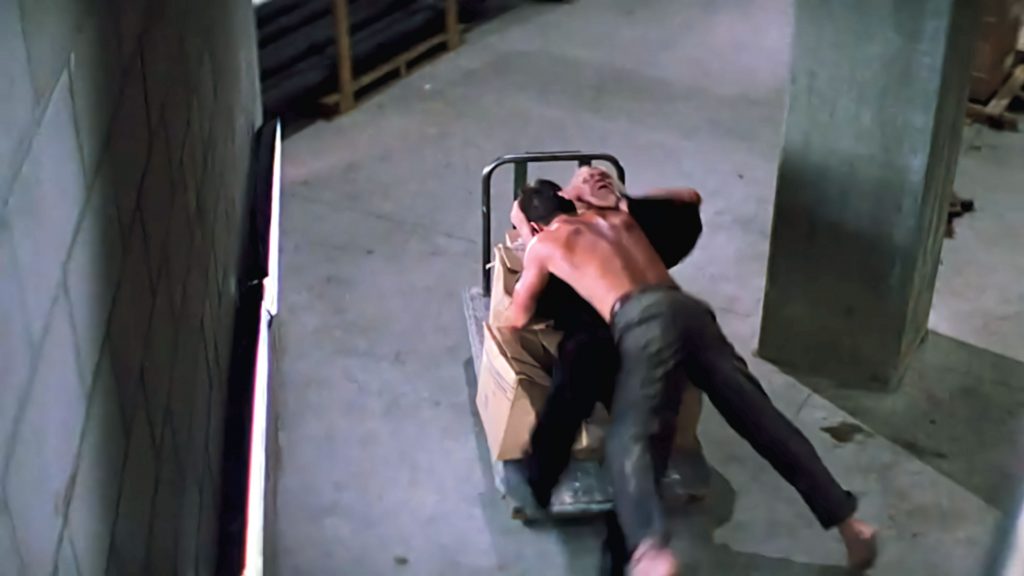
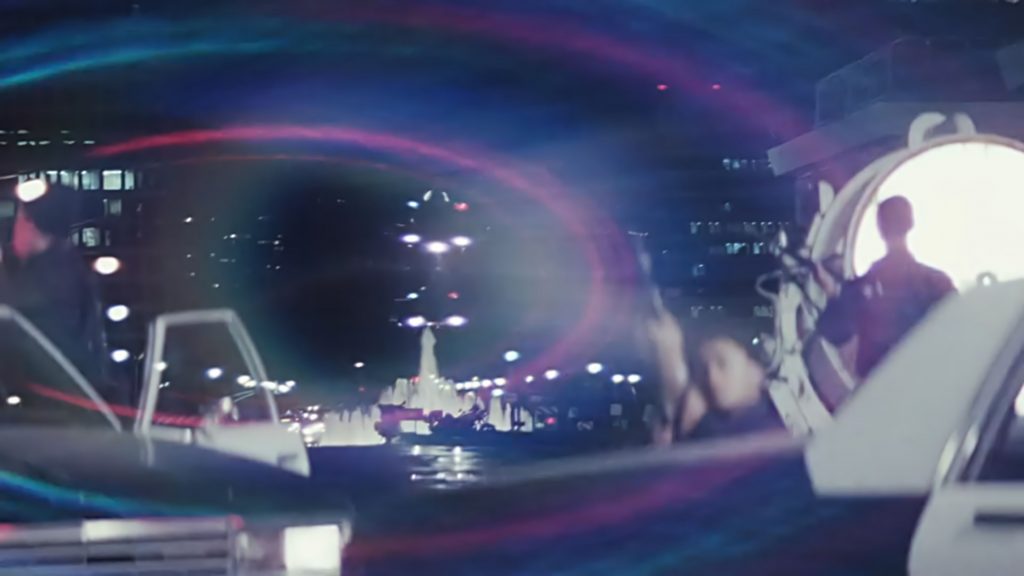
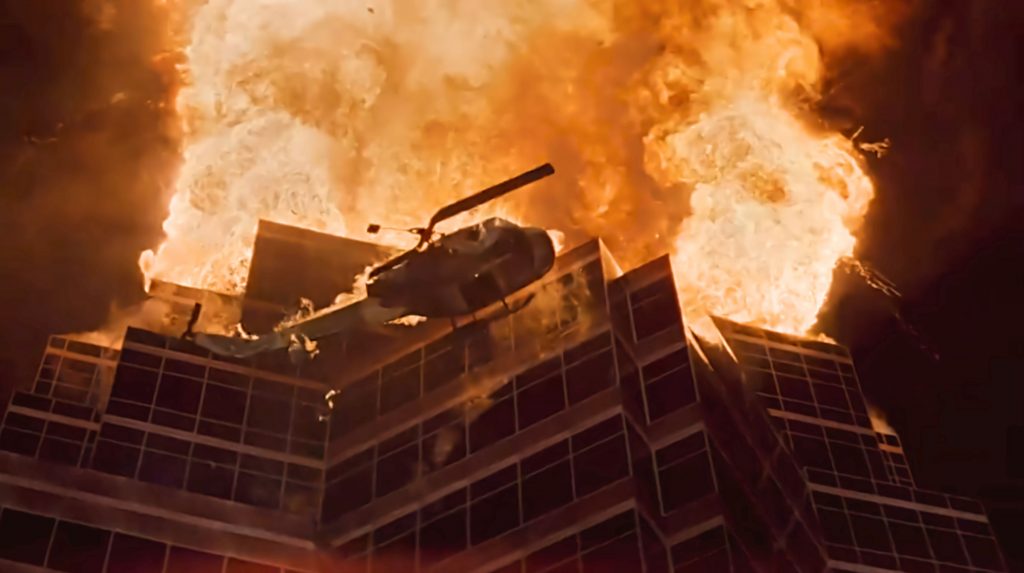
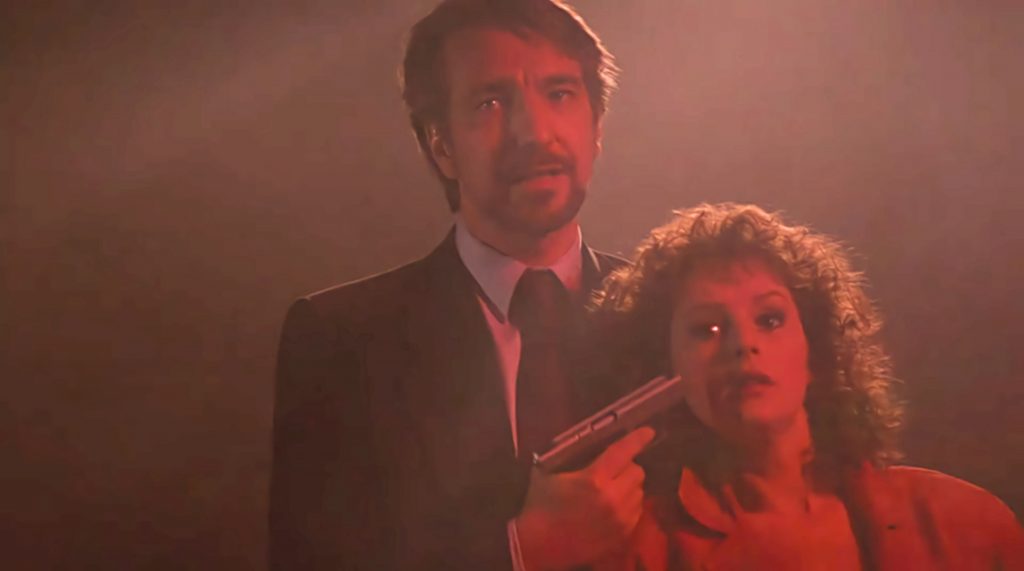
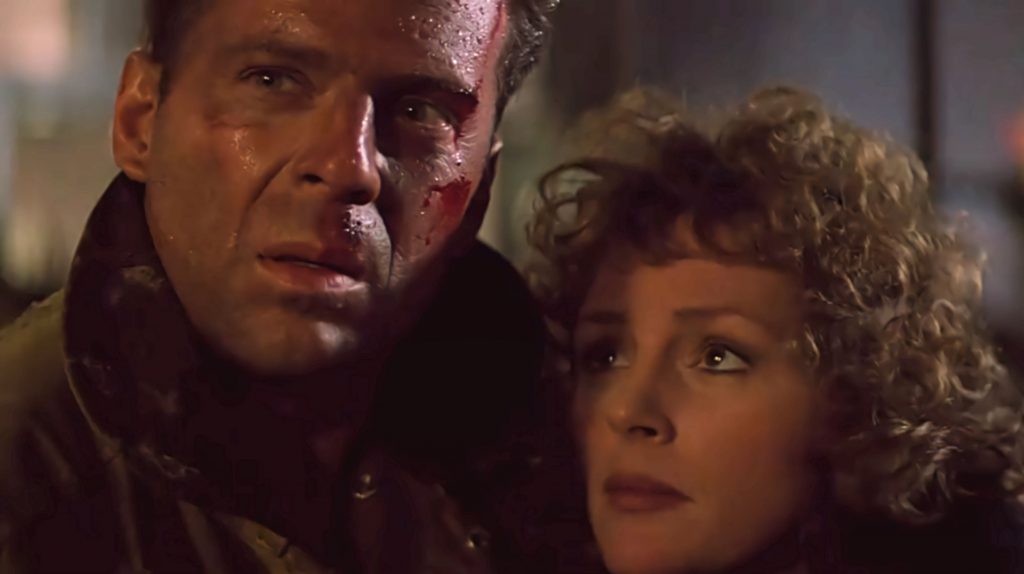
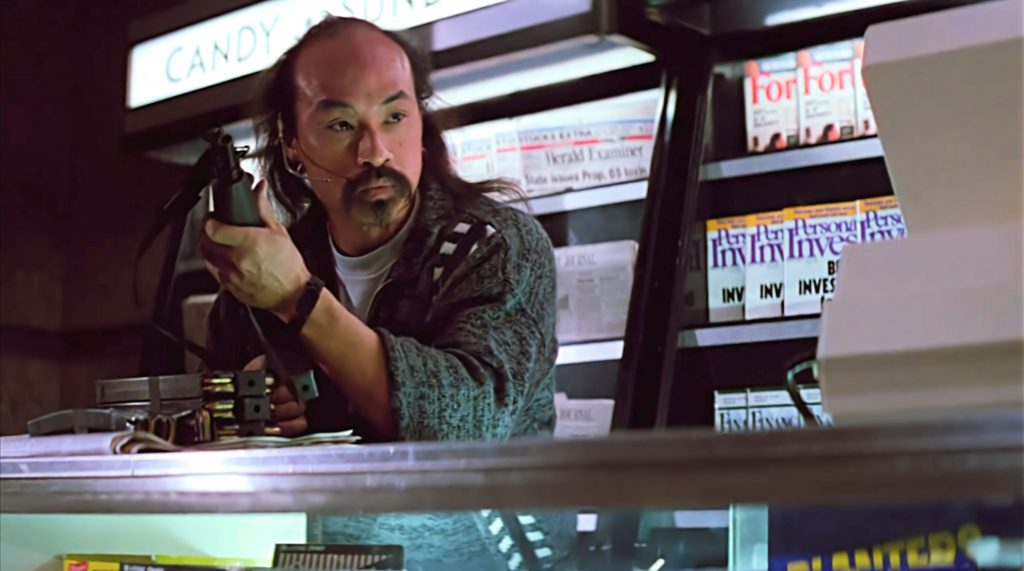
You can see where this is going. Much like the American with Disabilities Act or copyright law, an entire industry sprung up. Proposition 65 complaints are filed on behalf of straw man plaintiffs by private attorneys, some of whose businesses are built entirely on filing Proposition 65 lawsuits. So the law was mainly used for the benefit of shyster lawyers and against California Business. From 2000 to 2020, businesses paid more than $370 million in settlements, with almost three quarters of that amount going to attorneys, and the majority of that going to a small group of perpetual litigants.
Part of the problem is everything is a suspected carcinogen. The current list of potentially harmful substances is over 900 and includes everything from Diesel fuel (which most people don’t ingest), alcohol which people do, and caffeic acid IE coffee. Now I know that studies show pretty universally that coffee, for example, is good for you, but it’s on the naughty list. So if you are a business or restaurant or theme park facing predatory lawsuits for selling vegan leather or a cup of joe, what do you do? You label everything within an inch of its life.
So everything in California is now plastered with “WARNING: This product contains chemicals known to the State of California to cause cancer and birth defects or other reproductive harm.” People in California after thirty years completely ignore it and people outside of California when they receive a product that has the warning label meant for California naturally freak out. (But my vegan leather shoes are all natural).
But at least California has a lot less cancer than everyone else. Right?… Right?
Now California, realizing this is a big joke and a disaster for their businesses, naturally reformed the law…checks notes… thirty years later. So it is a bit better on the lawsuits side, but the labels are still required for business that have cell phones, use trucks to deliver goods or serve coffee. So whose fault is this? Well, among others Tom Hayden and Jane Fonda.
Now Jane Fonda has been blamed for a lot of things. The spread of communism in southeast Asia, Global Warming (The China Syndrome), and not talking Lily Tomlin out of making 1978’s Moment by Moment. And some of these are unfair. But Proposition 65? That’s on her.
